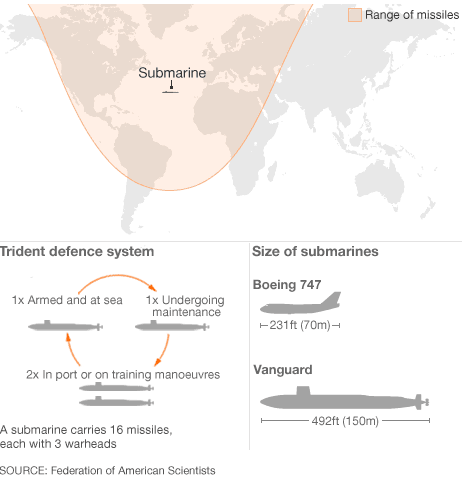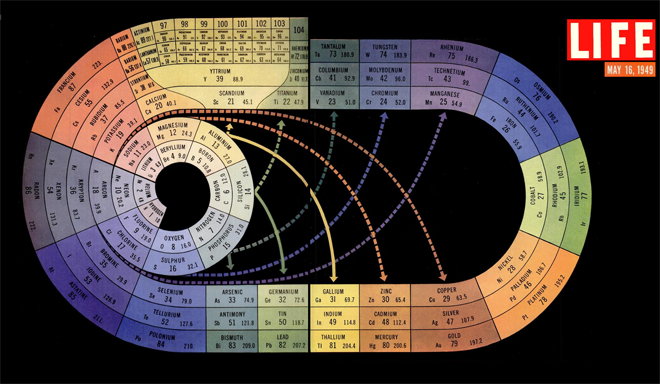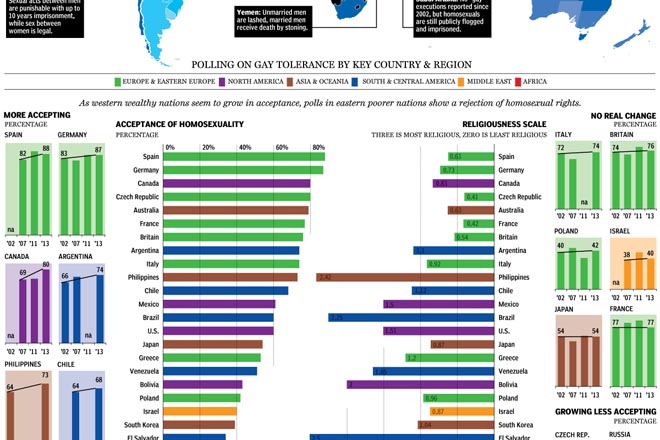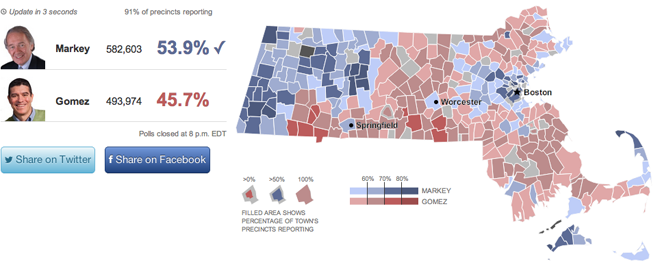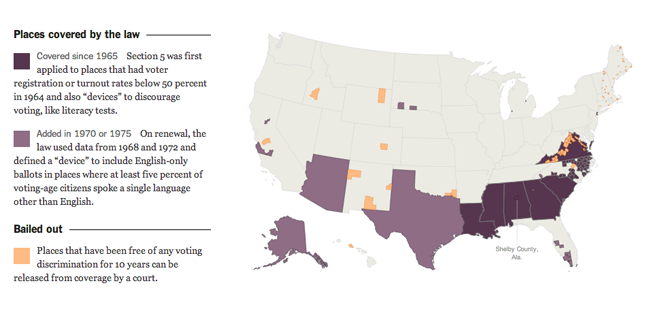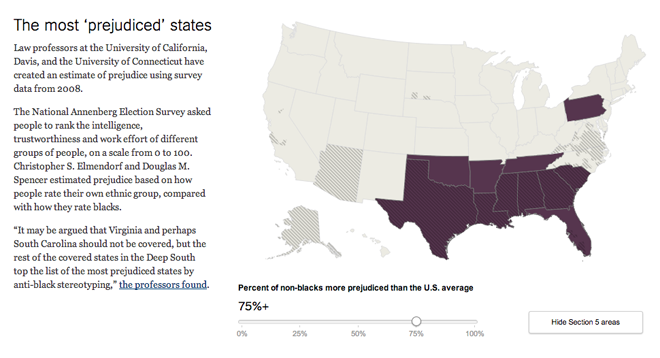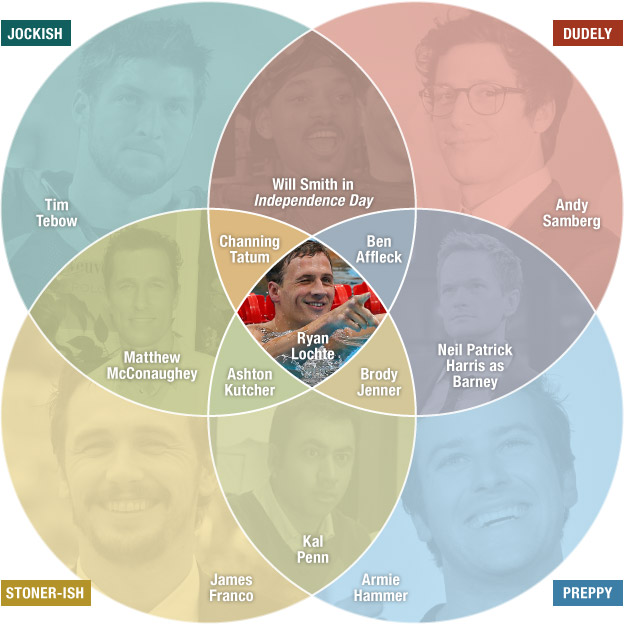The National Post published this fascinating infographic on the Canadian fur industry. Historically speaking, that industry is one of the most important to Canada being one of the primary reasons for Canada’s colonisation by France and later the United Kingdom (to a lesser extent). The graphic provides illustrations of the pelts to scale along with data on the volume and value of the trade in each type of fur. Then it maps the ranges for each of the animals with a matrix of small multiples.

While it may not be a mistake, I am curious about the two areas of polar bears in the northern United States. Methinks that the Rockies, while snowcapped, would be a bit warm for the bears.
Credit for the piece goes to Joe O’Connor, Andrew Barr, Mike Faille, and Richard Johnson.


